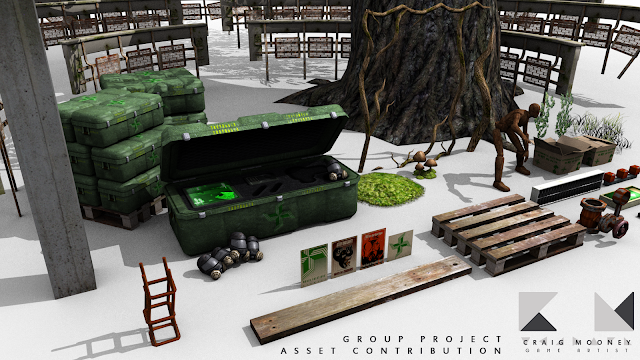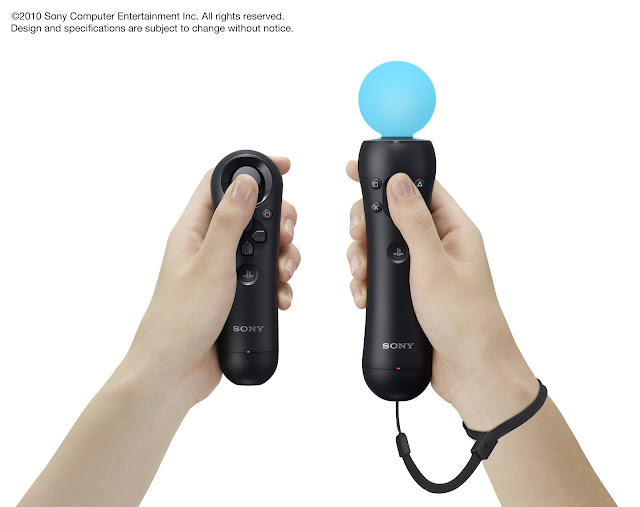 |
| Colour Theory - Bradgate Park |
 |
| Ink Experiments - Great Central Railway |
 |
| Rendering Dinosaur Bones |
 |
| Great Central Railway |
On reflection it hasn't really gone to plan.
I have improved somewhat in my art but not nearly as much as I'd hoped.
My modelling has gotten better but marginally compared to the first year.
I can produce work a lot faster than I ever could before. For which I am proud but I aspired to be better.
Under the advisement of industry professionals I was in particular interest to master some Zbrush modelling, seeing as it is an essential tool set of a Game Artist these days.
Unfortunately this is not really taught on our course. And it is not the most friendly piece of software to manage.
I don't mind searching the internet for tutorials but it does seem a bit of a waste of time when I'm already at a place of learning. We had one 10 minute introduction after we had finished the Character Self Portrait.
So that was during the Group Project when we were learning UDK.
If it were up to me I'd swap the Trash Project with the Gladiator Project from the first year.
So students begin the second year initially modelling the Treasure Chest then go on to building a Low Poly Character and then straight after that build a High Poly Character.
Modelling organic subjects is the most challenging task for Game Production, so the skills learned should flow from one brief to the next.
At the start of the year I was on top of the Blog tasks but I noticed I quickly fell behind when we began the Group Project. With hindsight I would rather of used that lesson time to focus on the Blog Tasks, despite the Group Project.
I really benefited from having an introduction lesson on each topic within the Critical Studies lesson. It was a 'springboard' for my ideas on how to write about each task. On top of that it was really interesting. After each lesson I felt that I had learnt something valuable.
The strange thing is that throughout the Group Project I felt focused, I always seemed to be working through most of the day (and a fair few evenings) there was always something to do.
I generally felt involved with the project and the team, we had a goal in sight.
When it comes to my own work it all seems a bit muddled.
Despite all this I am really pleased with our groups final level. I could not have predicted this outcome from the start but after a few weeks it really shaped into something that defied my expectations.
So maybe if I had divided my concentration, the final level might have looked worse for it.
I tried to reign in some of the chaos of my Visual Design in the second semester. It certainly looks a lot neater now but the content suffered heavily during our Group Project. I would have liked to produce more work to support my ideas but to be honest I found it difficult to see the relevance of some of the projects we were set. They really didn't harmonize with Game Production or Critical Studies, which complimented each other successfully. So Visual Design for me, felt disorganised and almost made up on the spot. Considering how important our second year is this was of great concern to me. I was hoping to learn a lot more key skills.
 |
| Cultural Walk Project - 'Walk-Ade' Interactive Walkway |
 |
| Cultural Walk Project - 'Walk-Ade' Interactive Walkway |
Maybe you can tell someone to go and be a better artist?
Practice makes perfect after all.
For me I learn quicker from observation and instruction. Otherwise I make the same mistakes over and over again. After all if my artistic judgement is off then I won't get a job.
I just need to refine my technique with some solid fundamentals and I'll feel a whole lot more confident.
The Viking Project was a good bit of fun. I produced a nice final painting. I regret not doing more prep work though. I had a few more ideas that I wanted to explore but again I didn't have the time during the Group Project. I might revisit this brief over the summer as practice.
 |
| Viking Final Painting |
The session we had with Mitch Small was extremely informative and I hope there are a lot more to follow in the remaining time I have left at University. I would say that the advice he gave us and to me personally helped my workflow immensely and without it I would have continued to make the same silly mistakes.
 |
| Creative Writing Project - George Mann's 'Ghosts Of Manhattan' THE GHOST |
 |
| Creative Writing Project - George Mann's 'Ghosts Of Manhattan' The Ghost's Flechette Gun |
 |
| Creative Writing Project - George Mann's 'Ghosts Of Manhattan' A scene based on a passage from the book |
I also received a lot of insight this year from these awesome books -
James Gurney is an amazingly prolific artist and I would encourage any artist, at whatever stage of their development, to purchase these books and pour over them daily.
They give so many answers and are just a joy to read.
 I'm going to spend this summer practising my life drawing to help with my character design. I still have a long way to go.With the internship lined up with Lockwood Publishing I hope to improve my 3D. I still have my personal 3D projects to work on during the long break.
I'm going to spend this summer practising my life drawing to help with my character design. I still have a long way to go.With the internship lined up with Lockwood Publishing I hope to improve my 3D. I still have my personal 3D projects to work on during the long break. I intend to keep myself very busy improving my skills.



















.jpg)






































































